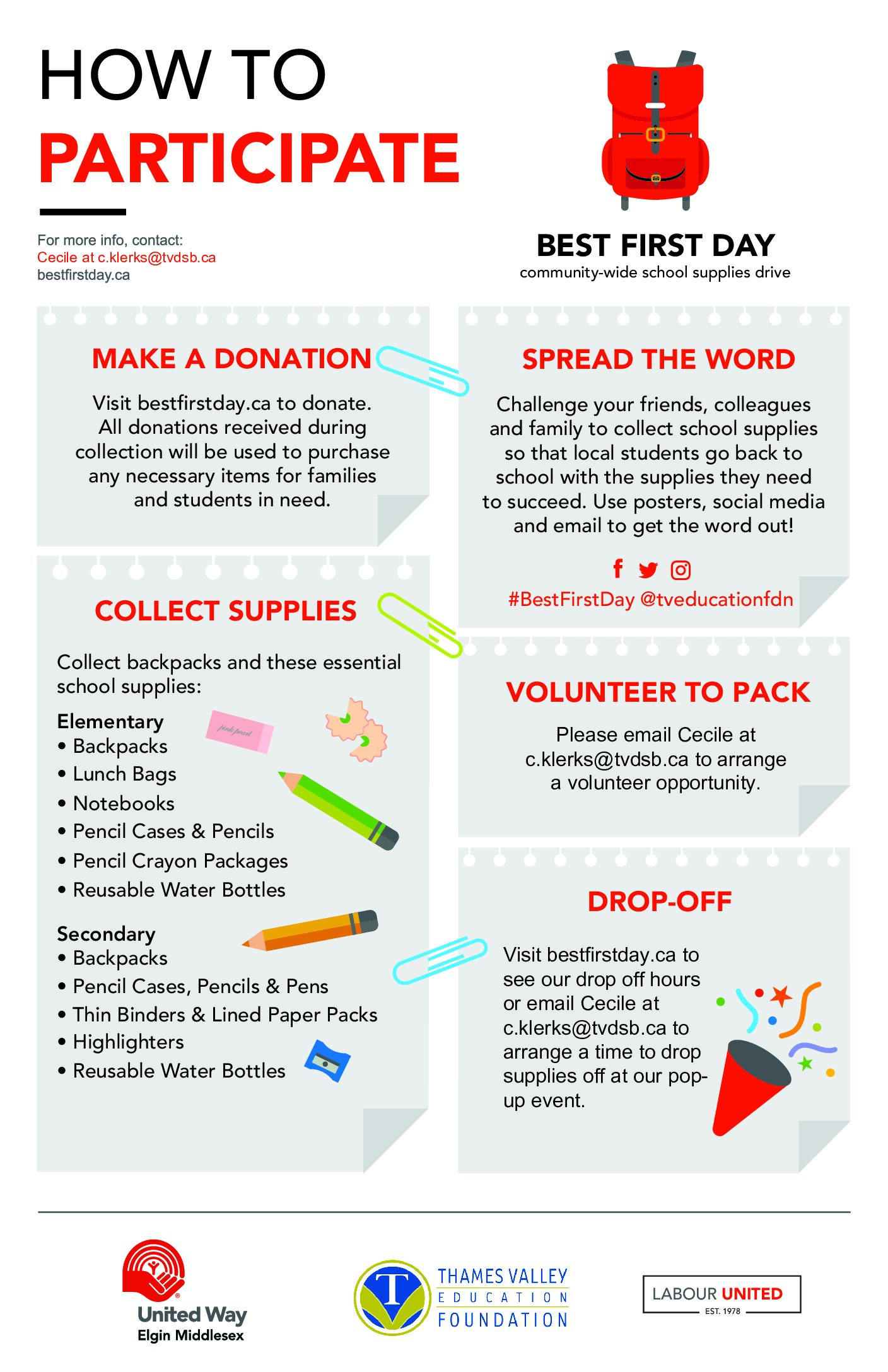Landmine Shoulder Press for Shoulder Stability and Rotator Cuff Strengthening
Overview
If you’re recovering from a rotator cuff injury, dealing with shoulder instability, or simply need a safe way to regain overhead strength, the landmine shoulder press is an excellent addition to your rehab or workout routine.
Unlike traditional overhead presses, this variation provides a more joint-friendly, angled movement that helps:
-
Activate and strengthen the rotator cuff
-
Train shoulder blade control and stabilization
-
Improve movement mechanics in both flexion and abduction planes
What You’ll Need
-
A standard barbell
-
A landmine base, or wedge the barbell into the corner of a rack or wall
-
Optional: Weight plates for progression
How to Perform the Landmine Shoulder Press
🔹 Starting Position
-
Stand sideways to the landmine, holding the barbell with one hand.
-
Keep a tall, upright posture—engage your core for spinal stability.
-
Start with the elbow bent, bar near the shoulder.
🔹 Phase 1: Abduction Press (Out to the Side)
-
Press the barbell up and away at a diagonal, finishing with the arm extended.
-
At the top of the movement, push through the shoulder blade, getting that last inch of movement from scapular protraction.
-
Slowly return to the starting position.
-
Reps: 10 repetitions
-
Focus: Smooth tempo, good posture, scapular control
🔹 Phase 2: Flexion Press (Forward Plane)
-
Rotate slightly so you’re now pressing the bar in a forward direction—mimicking shoulder flexion.
-
Repeat the same technique: full press, finish with active shoulder blade, and return with control.
-
Reps: 10 repetitions
Isometric Hold Variation
To enhance stability and endurance, try adding an isometric hold:
-
Press and hold at the top position of the movement.
-
Maintain the position by squeezing through the shoulder blade and keeping the arm extended.
-
Hold Duration: 30 seconds per direction (abduction and flexion)
-
Ideal to perform after your final set, or as a stand-alone isometric exercise.
Progressions & Modifications
🔸 To Increase Challenge:
-
Add weight plates to the landmine bar.
-
Increase reps or hold duration.
-
Add eccentric tempo—lower slowly over 3–5 seconds.
🔸 To Reduce Load:
-
Start without added weight.
-
Limit range of motion if pain or instability occurs.
-
Perform seated (on a bench) to reduce spinal demand.
Why This Works
The angled pressing path of the landmine creates less impingement stress than straight overhead lifts. This makes it especially beneficial for:
-
Rotator cuff rehab
-
Postural shoulder issues (rounded shoulders, scapular dyskinesis)
-
Return-to-sport or return-to-work conditioning
-
Transitioning to more load-bearing, dynamic movements
By working in multiple planes (abduction and flexion), you’re training your shoulder to stabilize across functional ranges, mimicking real-life and athletic demands.
Programming Guide
| Component | Details |
|---|---|
| Reps | 3 sets of 10 (per plane) |
| Rest Between Sets | 30–60 seconds |
| Isometric Holds | 30 sec hold at top (or as long as tolerated with good form if unable to hit 30 sec) |
| Frequency | 3x/week (or as advised) |
Who Is This For?
✅ Recommended For:
-
Patients with mild to moderate shoulder pain
-
Individuals post-rotator cuff injury or impingement
-
Athletes regaining overhead control
-
Desk workers with poor scapular posture
❌ Avoid If:
-
You’re experiencing sharp pain with shoulder motion
-
You’ve had a recent dislocation or surgery and haven’t been cleared for strength work
-
You lack the ability to stabilize your core during single-arm pressing
Need Personalized Support?
If you’re unsure where this fits in your recovery, we’re here to help. Let’s discuss at your next visit!
📍 Riverside Chiropractic – London, ON
📞 519-681-8048
🌐 www.riversidechiropractic.ca
👍 Final Tips
-
Keep your movements slow, controlled, and pain-free
-
Focus on form over weight
-
Monitor how your shoulder responds after the workout
-
Combine with scapular strengthening and mobility work for best results



